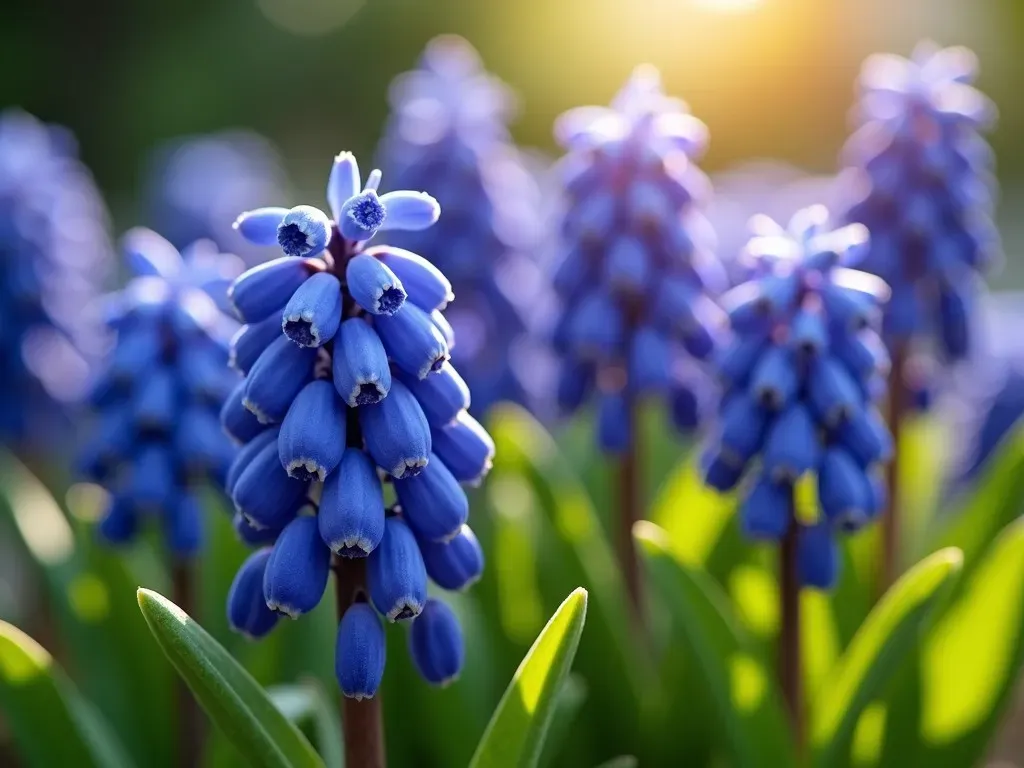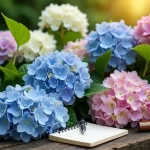The blue hyacinth plant, known scientifically as Hyacinthus orientalis, is a captivating perennial celebrated for its dense, fragrant clusters of star-shaped blooms. These stunning flower spikes typically emerge in vibrant shades of blue, bringing an unforgettable charm to gardens and floral arrangements alike. The blue hyacinth is not only striking visually but is also renowned for its sweet scent, making it a favorite amongst flower enthusiasts and gardeners.
Characteristics of Blue Hyacinth
The blue hyacinth plant features several intriguing characteristics:
- Height: Typically grows between 6 to 12 inches tall.
- Flower Shape: Blooms are star-shaped and densely packed along a central stalk.
- Leaves: The plant showcases narrow, strap-like leaves that form a lush green base.
- Blooming Period: Generally blooms in mid-spring, around March to April, depending on the climate.
Table: Quick Facts About the Blue Hyacinth Plant
| Feature | Details |
|---|---|
| Scientific Name | Hyacinthus orientalis |
| Common Colors | Blue, Purple, White, Pink |
| Ideal Growing Conditions | Full sun to partial shade |
| Soil Type | Slightly acidic to neutral soil |
| Fertilization | Recommended upon planting |
Planting Blue Hyacinth
Best Time for Planting
For optimal growth, blue hyacinth bulbs should be planted in the fall, ideally between October and December. Planting during this period allows the bulbs to establish roots before the winter chill sets in, leading to robust blooming in the spring.
Planting Steps
- Choose the Right Location: Select a spot that receives full sun to partial shade.
- Prepare the Soil: Ensure the soil is well-draining and slightly acidic to neutral. You may amend the soil with compost for better nutrients.
- Plant the Bulbs: Dig holes about 6 to 8 inches deep and place the bulbs pointed side up. Space them about 6 inches apart.
- Cover and Water: Backfill the holes with dirt and water the area generously. Ensure the soil is moist but not waterlogged.
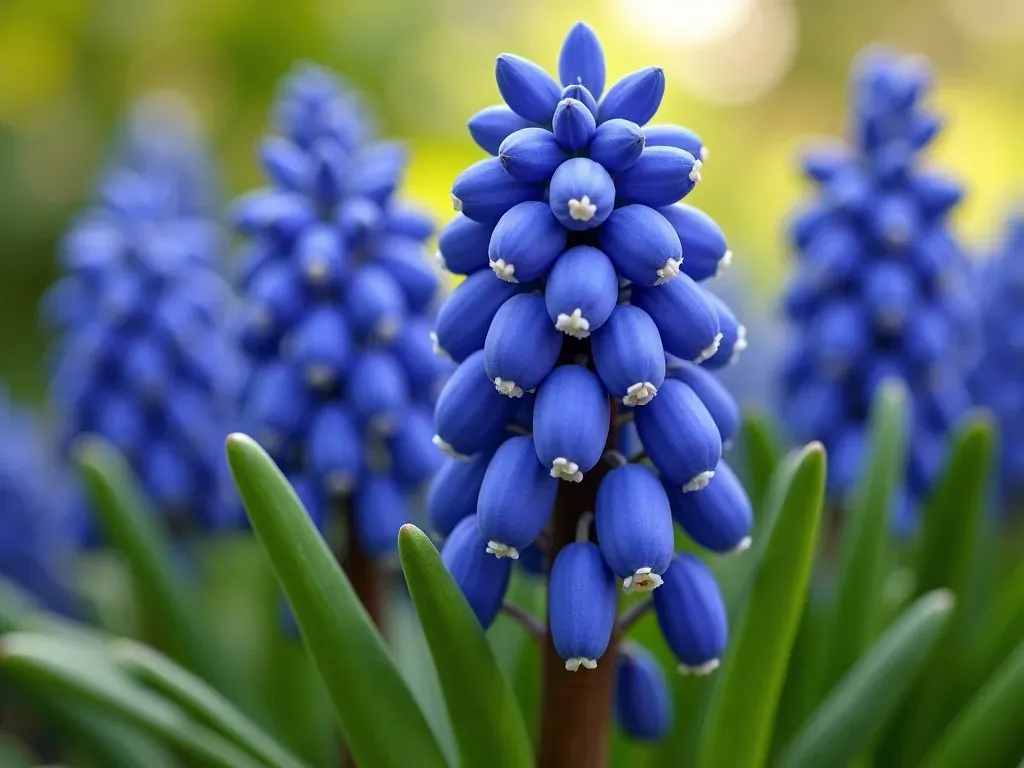
Caring for Blue Hyacinth
To ensure your blue hyacinth thrives, follow these care guidelines:
- Watering: Water thoroughly after planting and allow the ground to dry out before the next watering. Avoid overwatering as this can lead to bulb rot.
- Fertilizing: Use a balanced fertilizer at the time of planting and again when shoots start to emerge in spring.
- Deadheading: Once blooms begin to fade, remove the spent flowers to encourage more blooms and prevent seed formation.
- Foliage Care: Allow the leaves to remain after flowering to nourish the bulb for the next season.
Beautiful Combinations with Blue Hyacinths
The deep blue hue of blue hyacinths offers an exquisite contrast against Other plants in your garden. Here are some delightful combinations:
Suggested Pairings
- Yellow Daffodils: Their bright yellow tones beautifully complement the blue hyacinth.
- White Tulips: The classic elegance of white tulips enhances the vibrancy of blue hyacinths.
- Purple Grape Hyacinths (Muscari): A monochromatic color scheme can be striking when mixed with lighter shades of purple.
Color Palette
| Flower | Color | Blooming Period |
|---|---|---|
| Blue Hyacinth | Deep Blue | Mid-Spring |
| Yellow Daffodil | Bright Yellow | Early to Mid-Spring |
| White Tulip | Pure White | Late Spring |
| Purple Muscari | Light Purple | Mid-Spring |
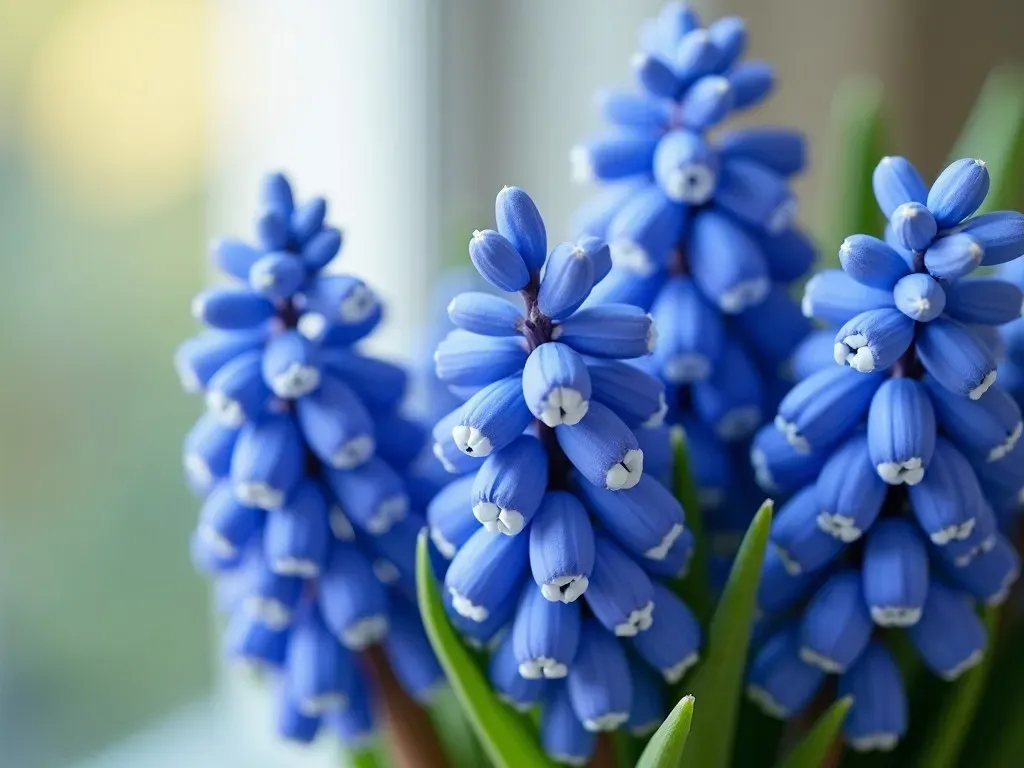
Maintenance and Pests
Common Pests and Problems
Blue hyacinths are generally hardy but can be susceptible to pests and diseases:
- Pests: Aphids and slugs may attack the leaves. These can be managed with insecticidal soap or organic pest deterrents.
- Bulb Rot: Overwatering can lead to bulb rot, so ensure good drainage is maintained.
Winter Care
In colder climates, protecting the bulbs over winter is essential. Apply a thick layer of mulch after the first frost to insulate the bulbs and prevent freezing.
FAQs About Blue Hyacinth Plant
What colors do blue hyacinths come in?
Blue hyacinths primarily bloom in various shades of blue, but there are cultivars in purple, white, pink, and even yellow.
How tall do blue hyacinths grow?
Blue hyacinths typically grow between 6 to 12 inches tall, making them suitable for borders and garden beds.
Are blue hyacinths deer-resistant?
Yes, hyacinths are generally deer-resistant due to their strong scent and toxicity if ingested.
When do I need to fertilize my blue hyacinth plant?
Fertilize your hyacinths upon planting and again when you see new growth in the spring.
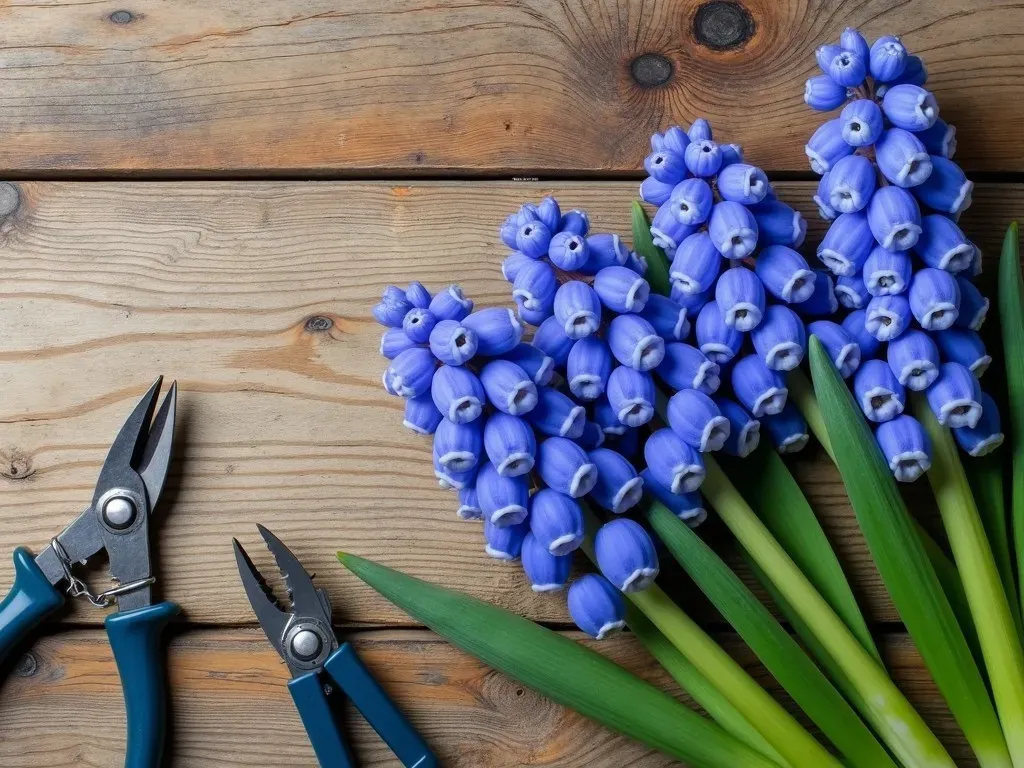
Conclusion
The blue hyacinth plant offers an enchanting mix of fragrance, beauty, and ease of care, making it a delightful addition to any garden. With proper planting and maintenance strategies, gardeners can enjoy an abundance of these stunning flowers each spring. For those seeking more in-depth information on growing hyacinths, you can visit the Spruce guide on hyacinth care.
